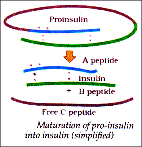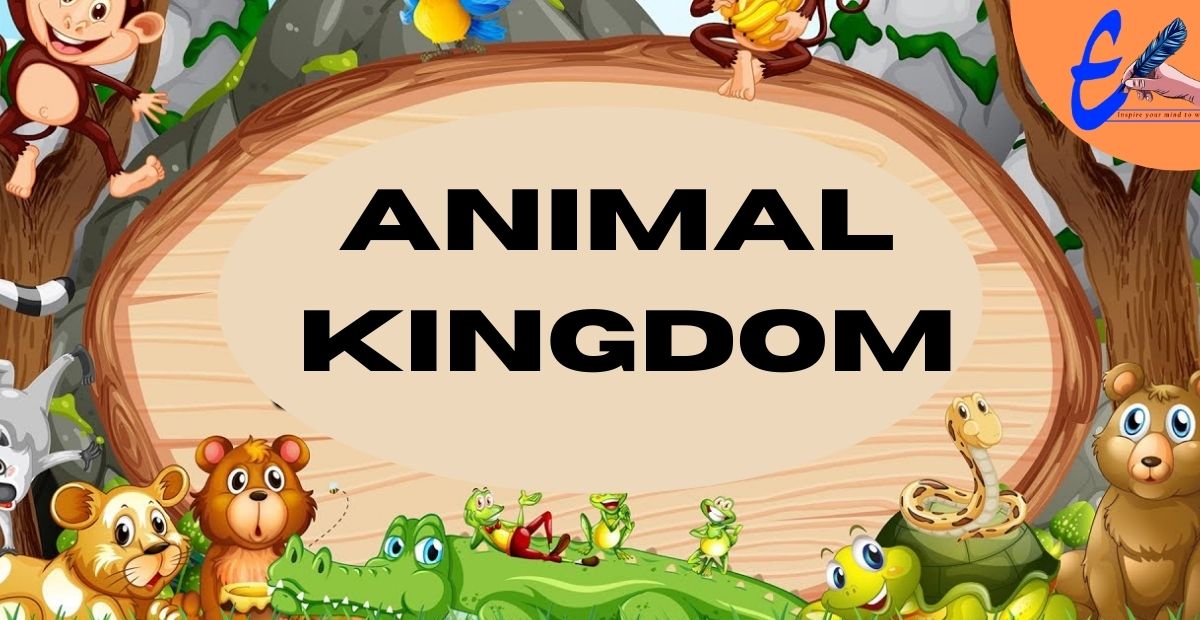Three critical research areas of biotechnology:
(i) Providing best catalyst in form of improved organism.
(ii) Creating optimal conditions for catalyst to act.
(iii) Downstream processing to purify protein/ organic compound.
Biotechnological Applications in Agriculture:
- Increase food production-agro-chemical based agriculture, organic agriculture and genetically engineered crop based agriculture.
- Green Revolution tripled food production.
- Genetically Modified Organisms (GMO): Plants, bacteria, fungi and animals whose genes have been altered by manipulation.
- Advantages of genetic modifications:
® Made crops tolerant to a biotic stresses, reduced reliance on chemical pesticides.
® Reduced post harvest loss, increased efficiency of mineral usage by plants.
® Enhanced food’s nutritional value. eg. golden rice (vitamin A enriched).
Bt toxin: By bacterium Bacillus thuringiensis (Bt).
- Its a biopesticide eg. Bt cotton, Bt corn, rice, tomato, soyabean etc.
- Some strains of bacterium produce proteins to kill insects like coleopterans (beetles), lepidopterans (tobacco budworm, armyworm) and dipterans (flies, mosquito).
- Bt forms toxic insecticidal protein during growth phase which exist as inactive protoxins in bacterium but once insect ingests it, it gets converted into active form due to alkaline pH of gut which solubilise crystals.
- This toxin binds to midgut epithelial cells and create pores causing cell lysis and death.
- Choice of gene depends on crop and targeted pest as most toxin are insect-specific.
- Toxin coded by gene cry IAc - cry.
eg. protein encoded by genes cry lAc and cry IIAb control bollworms and by genes cry IAb control corn borer.
2. Pest Resistant Plants:
- A nematode Meloidegyne incognitia infect roots of tobacco plants.
- To tackle this, RNA interference (RNAi) is adopted which is a cellular defense in all eukaryotic organisms. It involves silencing of specific mRNA due to complementary ds RNA that binds to it and prevent its translation.
- Source of complementary RNA may be infection by virus having RNA genomes or mobile genetic elements (transposons) that replicate via RNA intermediate.
- Using Agrobacterium vectors, genes were introduced into plant such that it produce both sense and anti sense RNA in host which are complementary to each other and form ds RNA which initiate RNAi. Parasite couldn’t survive in transgenic host.
Biotechnological Applications in Medicine:

30 recombinant therapeutics have been approved. 12 of them are marketed in India
- Genetically Engineered Insulin:
- Insulin was extracted from pancreas of slaughtered cattle and pigs.
- It has 2 short polypeptide chains: chain A and chain B linked by disulphide bridge. Its synthesised as prohormone (which needs to be processed to become fully mature) which has an extra stretch - c-peptide (removed in maturation of insulin, so absent in mature insulin).
- In 1983, Eli Lily (American company) prepared 2 DNA sequences and introduced them in plasmid of E. coli to produce chains. Both chains produced separately were extracted and combined by disulphide bonds.
2. Gene Therapy:
Collection of methods that allow correction of gene defect.
- First gene therapy (1990) was done on a 4 year old girl with adenosine deaminase (ADA) deficiency, which is caused due to deletion of gene for adenosine deaminase. This enzyme is essential for immune system.
- It can be cured by bone marrow transplantation or enzyme replacement therapy in which functional ADA is given by injection, however its not completely curative. However, if gene isolated from marrow cells producing ADA is introduced at early embryonic stage, its a permanent cure.
- In gene therapy, lymphocyte from blood of patient are grown on culture plate outside body and functional ADA cDNA (using retroviral vector) is introduced into it and returned to patient. Patient requires periodic infusion as these cells aren’t immortal.
3. Molecular Diagnosis:
Early detection by r.DNA technology, PCR or ELISA.
- Presence of pathogen is normally detected when there is a symptom till which pathogen’s concentration becomes very high in body. eg. urine and serum analysis.
- However, low concentration of bacteria or virus can be detected by amplification of nucleic acid by PCR (now used to detect HIV in AIDS, mutation in cancer patients, genetic disorders).
- ELISA (Enzyme Linked Immuno Sorbent Assay) is based on antigen - antibody interaction. Infection is detected by presence of antigens (protein, glycoprotein) or detecting antibodies synthesized against pathogens.
- ssDNA or ssRNA with radioactive probe hybridise its complementary DNA in clone of cells followed by detection using autoradiography. So, clone having mutated gene willn’t appear on photographic film as probe willn’t have complementarity with mutated gene.
Transgenic animals: Animals whose genome is modified to possess extra (foreign) gene.
- 95% transgenic animals-mice, other animals- rat, pigs, rabbit, sheep, cow, fish.
(i) Normal physiology and development: transgenic animals allow study of how genes are regulated, how they affect normal functions of body and biological effects.
(ii) Study of disease: how genes help in development of disease, so that new treatments for these diseases can be made possible.
(iii) Biological products: by introduction of gene which codes for particular product such as human protein (a- antitrypsin) to treat emphysema, similarly different genes for treatment of phenylketonuria and cystic fibrosis. In 1997, first transgenic cow, Rosie produced human protein enriched milk (2.4 g/L) which has a- lactalbumin and more balanced product for human babies than natural cow milk.
(iv) Vaccine safety: Transgenic mice and monkeys are used to test safety of vaccine.
(v) Chemical safety testing: (toxicity / safety testing) transgenic animals carry genes which make them more sensitive to toxic substances than non-transgenic animals, so results are obtained in less time in transgenic animals.
Ethical Issues:
- GEAC (Genetic Engineering Approval Committee) makes decisions regarding validity of GM research and safety of introducing GM organisms.
- Some companies are granted patents for products that make use of genetic materials that have been identified and developed by farmers and indigenous people.
- India alone has 2,00,000 varieties of rice. Basmati rice is distinct for unique aroma and flavour and 27 varieties of it are grown in India. In 1997, American company got patent rights through US Patent and Trademark Office, which allowed it to sell new variety of Basmati derived from Indian farmer’s variety.
- Indian Basmati was crossed with semi-dwarf variety and was claimed as invention.
- Another product on which several attempts have been made to patent uses, products and processes- turmeric neem.
Biopiracy: Use of bio-resources by multinational companies without proper authorisation from countries and people concerned without compensatory payment.
- Developing and underdeveloped world is rich in biodiversity and traditional knowledge related to bio- resources which can be exploited to develop modern application, save time, effort and expenditure during commercialisation whereas industrialised nation lack traditional knowledge but are financially sound.
- There is growing injustice and benefit sharing between developed and developing countries.
- Indian Parliament cleared second amendment of Indian Patents Bill that consider issues of patent terms emergency provisions and research and development initiative.


… [Trackback]
[…] Read More on to that Topic: eklabhyaclasses.com/blog/biotechnology-and-its-applications/ […]
… [Trackback]
[…] There you can find 80942 more Information on that Topic: eklabhyaclasses.com/blog/biotechnology-and-its-applications/ […]
… [Trackback]
[…] Information to that Topic: eklabhyaclasses.com/blog/biotechnology-and-its-applications/ […]
… [Trackback]
[…] Info on that Topic: eklabhyaclasses.com/blog/biotechnology-and-its-applications/ […]
… [Trackback]
[…] There you can find 44587 additional Info to that Topic: eklabhyaclasses.com/blog/biotechnology-and-its-applications/ […]
… [Trackback]
[…] Info on that Topic: eklabhyaclasses.com/blog/biotechnology-and-its-applications/ […]